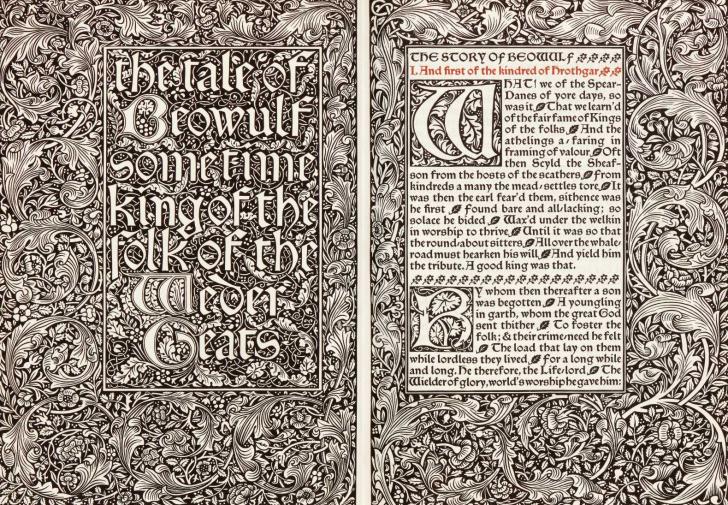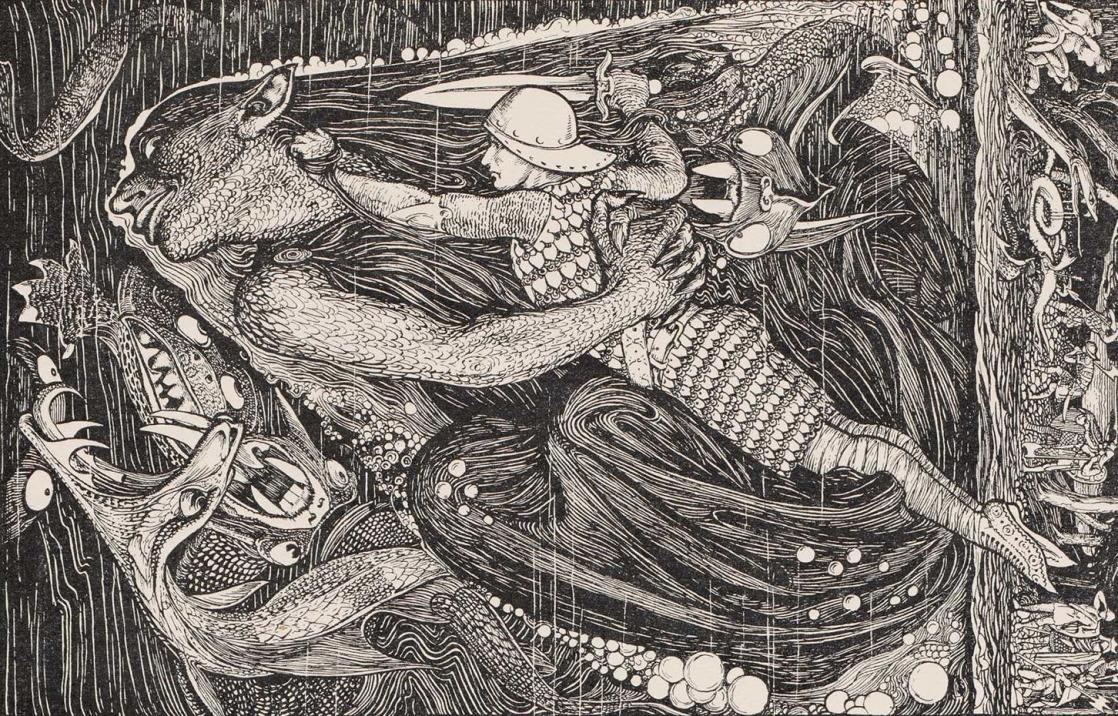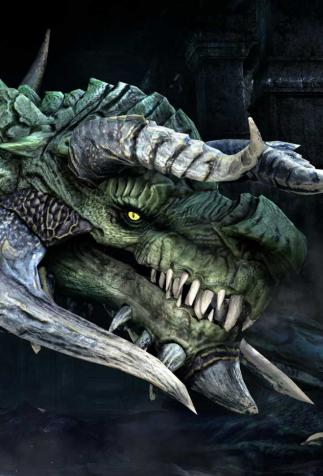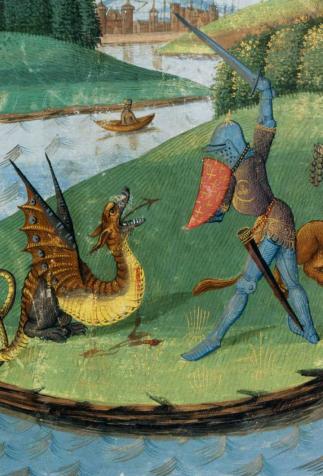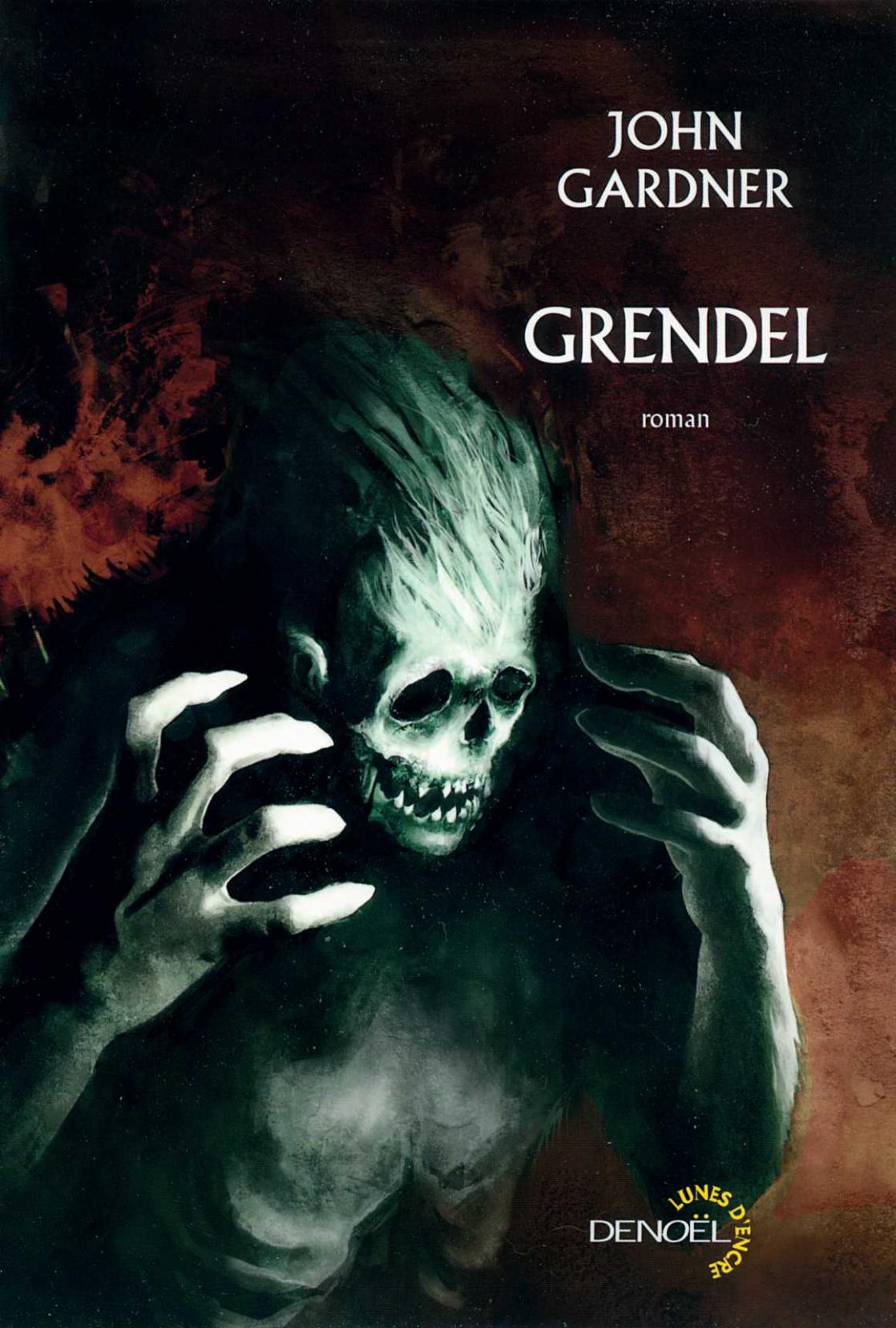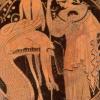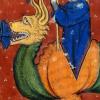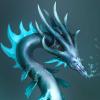Beowulf: The Original Medieval Epic Poem
A story that is more than a thousand years old and that describes how a hero triumphed over a terrifying creature to become king, Beowulf has been a source of epic inspiration for numerous fantasy writers, including J.R.R Tolkien, one of the masters of the genre.
The Ultimate Hero
Beowulf, over 3,000 lines long and having reached us in a single manuscript copied some time around the year 1000, remains the only example of a complete epic poem composed in Old English. Set in a mythicized past, it narrates the adventures of its eponymous hero, first against the creature Grendel, then against the monster’s mother, whom he kills at the back of the cave where she had her den. Having overcome the monsters, Beowulf returns to his native land (most likely located in what is currently Sweden) to be crowned king. After a long and peaceful reign, he dies fighting another dragon threatening his lands, a demise that sounds the death knoll of the age of heroes. Since as far back as the Middle Ages, wondrous marvels have often been located in an idealized past and a distant elsewhere…
Tolkien’s Fascination
Long forgotten (the first translation of the text, into Latin, dates to the early nineteenth century), Beowulf would have a tremendous influence on J.R.R. Tolkien. As a scholar of both medieval literature and Anglo-Saxon languages, he was extremely knowledgeable about it. He devoted a long essay, Beowulf: The Monsters and the Critics (published in 1936) in which he defended the poem’s artistic merits. Tolkien would also go on to translate Beowulf into modern English, but his translation wasn’t published until 2014.
More importantly, numerous episodes and characters in Tolkien’s novels are directly inspired by Beowulf. Certain scenes in The Two Towers – most notably when the Riders of Rohan arrive in the kingdom – seem to be drawn directly from the medieval poem. Similarly, the scene in The Hobbit where the dwarves of Thorin and Bilbo confront the dragon Smaug owes a great deal to the one in which Beowulf succumbs to his wound and dies.
In his essay, Tolkien linked that battle to a struggle between Good, represented by the hero; and Evil, incarnated by the Monster. That clash, in which the main protagonist faces exceptional danger and defeat magnifies his opponents’ virtues, would go on to become something of a cliché in fantasy.
That war-like, epic vision is central to many works linked to the fantasy/magic genre, like role-playing, and, by extension, video games. Dungeons and Dragons (1974) is based on exploring a cave (the “dungeon”) to affront a monster (the “dragon”), just like in both Beowulf and The Hobbit.
When the Bad Guy Becomes the Hero…
Beowulf has also inspired other fantasy productions. The comic book Beowulf Dragon Slayer (1975) weaves the plot of the original, medieval English Beowulf into an aesthetic drawn from Conan the Barbarian, which was extremely popular in American comic books at that time. In 2007, Robert Zemeckis directed a computer-animated film version of Beowulf.
But eve now, almost forty years, later, John Gardner’s novel Grendel (1971), which tells the story from the antagonist’s perspective, is still the most interesting contemporary version of the myth. The book, which was made into an animated film called Grendel Grendel Grendel (1981), was one of the first in the fantasy realm to put a monstrous character in the spotlight. In an ever-more-secularized society, the monster is no longer a colossal symbol of Evil and Sin, but instead incarnates a full-fledged individual with its own motivations. The inversion that John Gardner proposed enabled fantasy to shrug off the straitjacket imposed by the epic style and evolve into a genre that was able to explore alterity and other ethnicities at a time when western ethnocentricity, overturned by decolonization, was no longer the norm.
